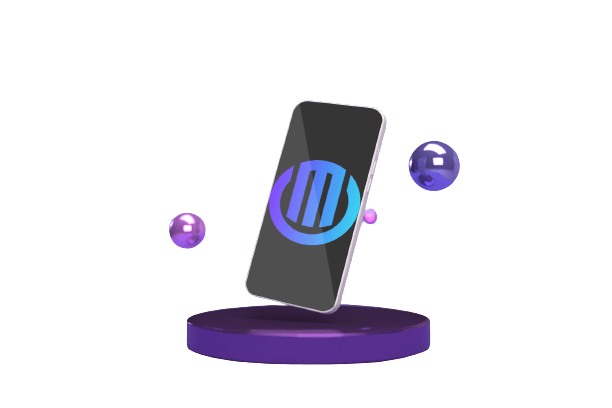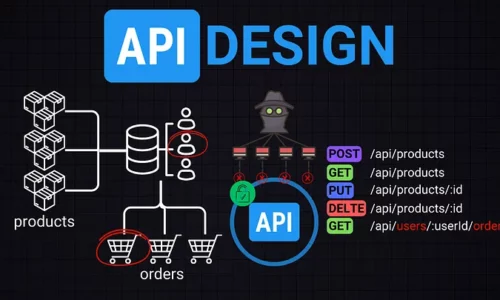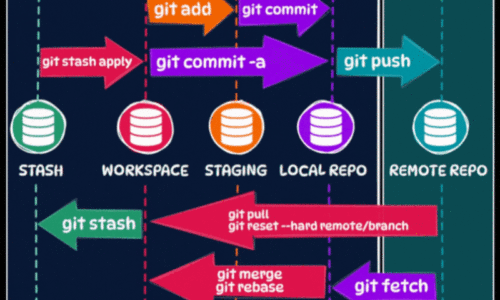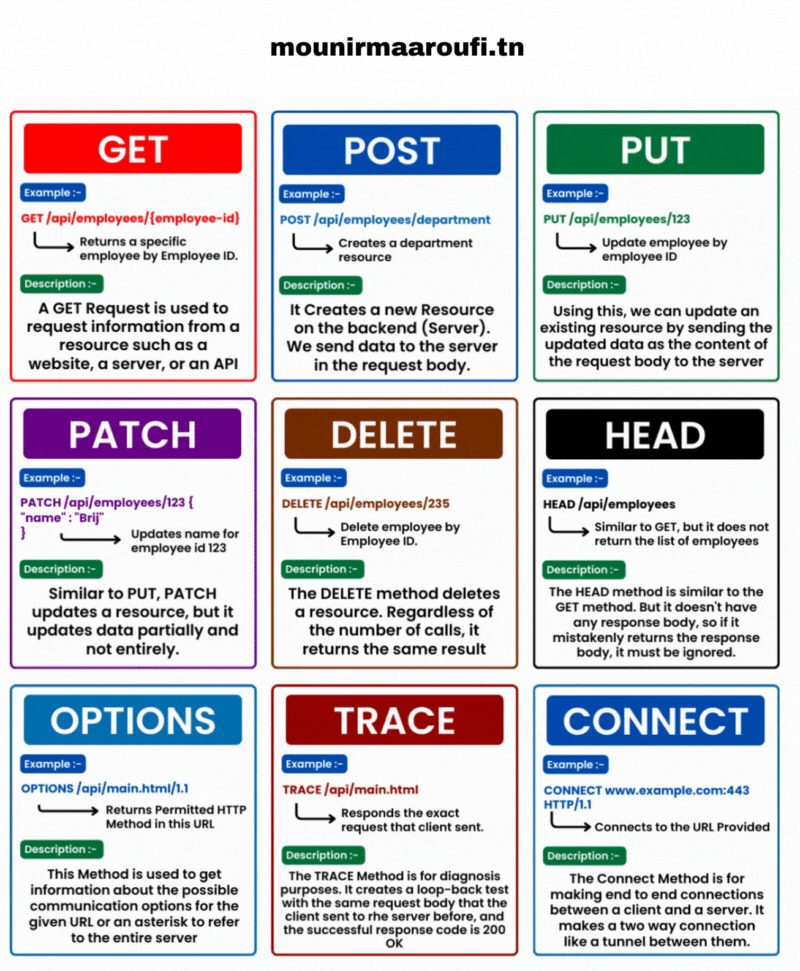
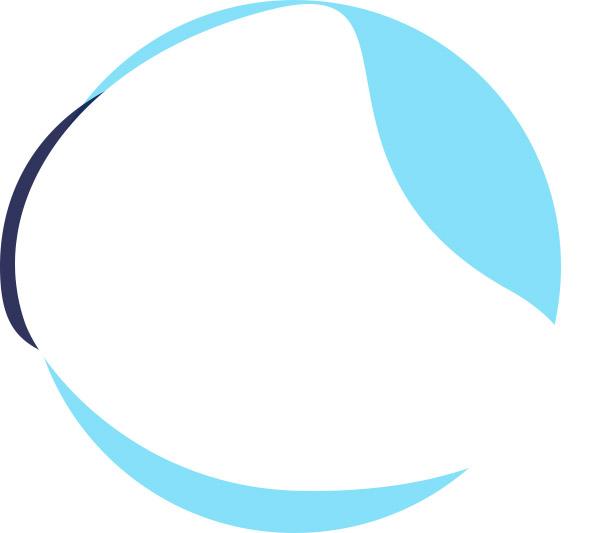
Exploring the Versatility of HTTP Methods
Although most people only use GET, POST, PUT, and DELETE when working with HTTP, there are actually 39 different actions, or “verbs”, in the official list. In this post, we’ll look at 9 of the most popular ones.
Gets data from a server.
Sends data to a server to create something new.
Used to update an existing resource on the server or create it if it doesn’t exist. For example, a client might use a PUT request to send updated information about a product to the server, overwriting the existing data or creating a new product entry if it doesn’t already exist.
When you update your profile on a social media site by only changing your profile picture, the server may use the PATCH method to make this modification.
If you want to delete a message or comment you posted on an online forum, a DELETE request can be used to perform this deletion.
Browsers often use HEAD to check if a webpage has changed since the last visit. This helps determine whether to download the full page or if the cached version is still valid.
This method is used by clients to determine which methods are allowed on a resource. For example, a client can send an OPTIONS request to an API to find out which methods are supported by that API.
TRACE is not commonly used in everyday scenarios. It’s mainly used for advanced debugging and tracking the routing of requests.
The CONNECT method is primarily used to establish SSL/TLS connections through a proxy. It’s mostly transparent to most users and is handled by the browser or web client.

